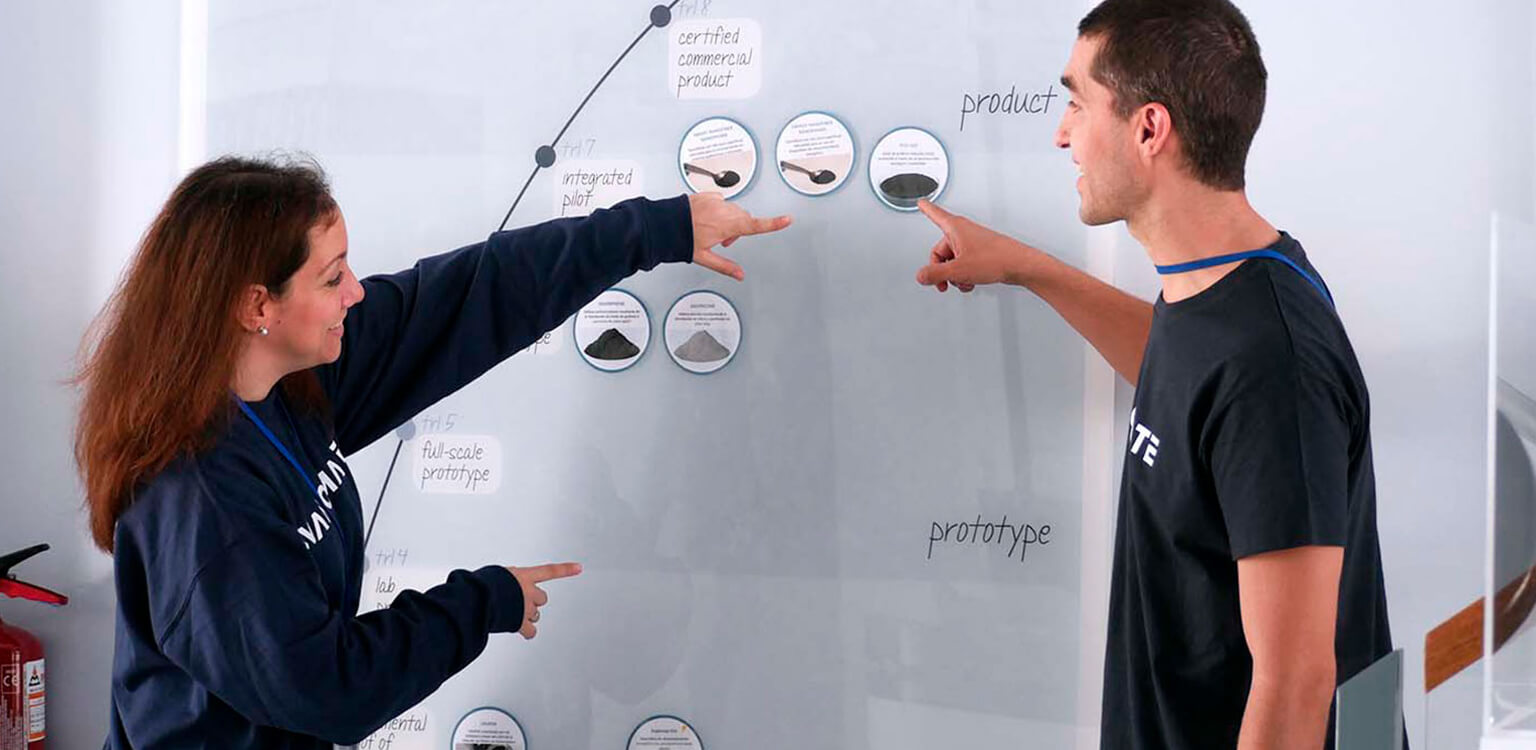We use our own cookies and third-party cookies for to display personalised advertising based on a profile drawn from your browsing habits (e.g. pages visited). Click
here for more information.
You can accept all cookies by clicking on the "Accept" button or configure them or reject their use on the "See preferences" button.
These cookies are necessary for the website to work and cannot be disabled in our systems. They are usually configured to respond to actions taken by you to receive services, such as adjusting your privacy preferences, logging into the site, or filling in forms.
El almacenamiento o acceso técnico es necesario para la finalidad legítima de almacenar preferencias no solicitadas por el abonado o usuario.
Third-party services are beyond the control of the editor. Suppliers may at any time modify their service conditions, the purpose and use of cookies, etc.
El almacenamiento o acceso técnico que se utiliza exclusivamente con fines estadísticos anónimos. Sin un requerimiento, el cumplimiento voluntario por parte de tu Proveedor de servicios de Internet, o los registros adicionales de un tercero, la información almacenada o recuperada sólo para este propósito no se puede utilizar para identificarte.
Third-party services are beyond the control of the editor. Suppliers may at any time modify their service conditions, the purpose and use of cookies, etc.

